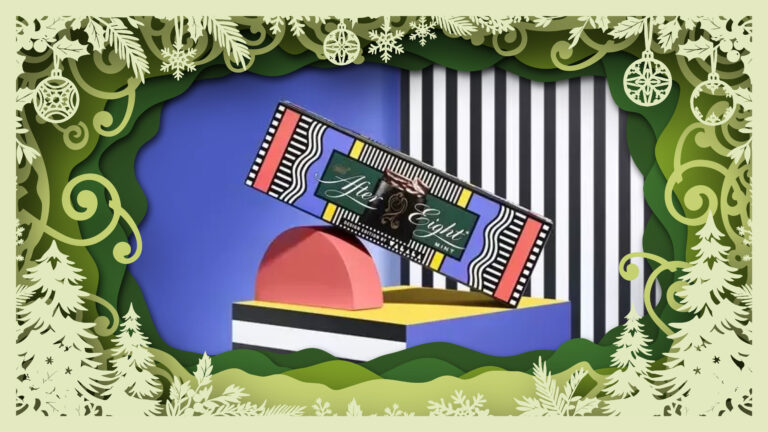Retail bites
August 18, 2025 2025-12-11 12:59Retail bites
Our Monthly Retail Roundup
Fresh thinking, bold opinions, and standout features.
Industry insight from the Grand Central team straight from the frontline of UK retail activation, shopper marketing, digital, and events.
Enter your email below to receive Retail Bites automatically each month.
All items displayed.










